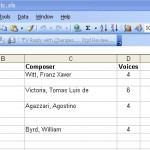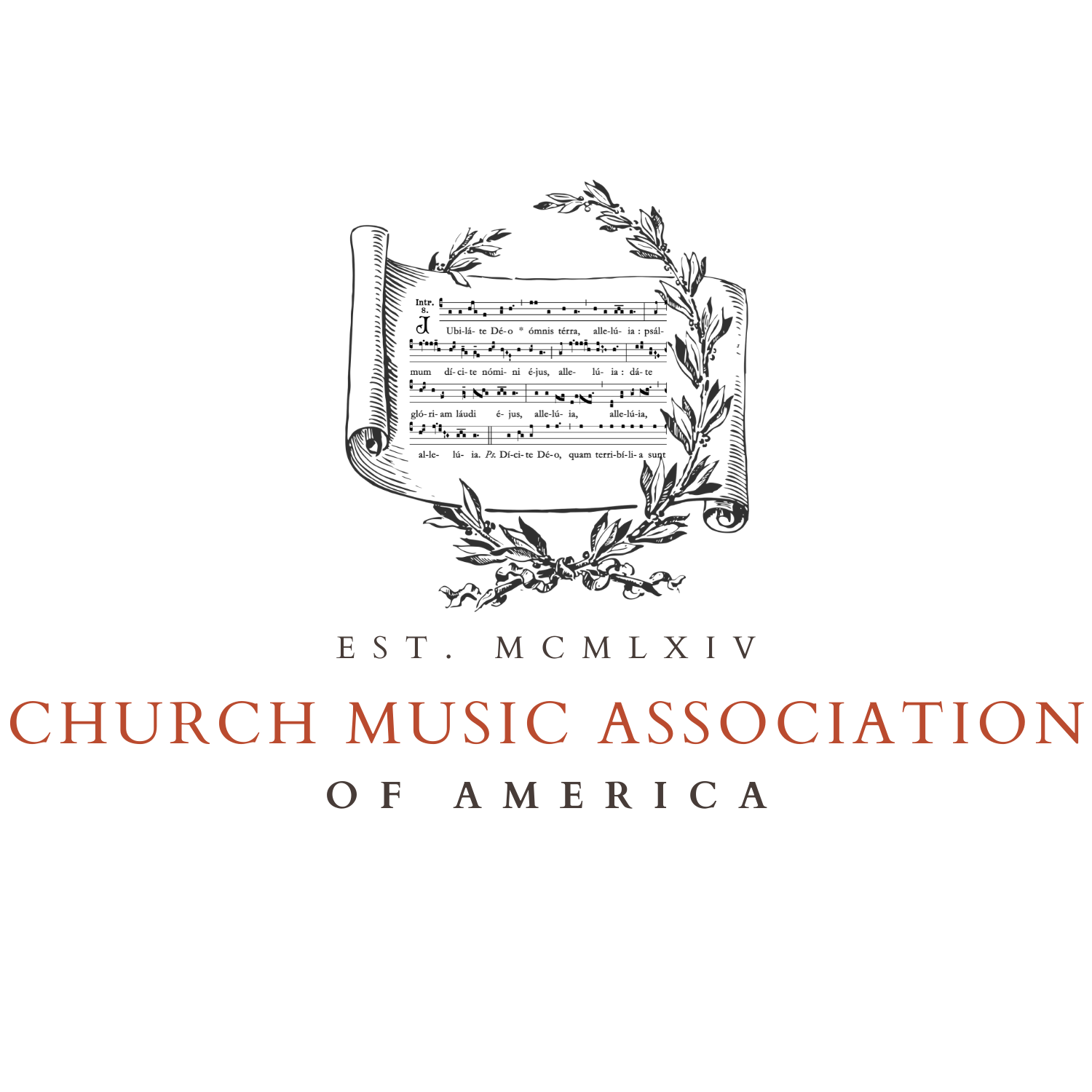As we know from the General Instruction of the Roman Missal (2011, para. 48), the United States Conference of Catholic Bishops follows the Church in stating that the Church’s first preference for musical settings of texts proper to the day is “the antiphon from the Roman Missal or the Psalm from the Roman Gradual as set to music there or in another musical setting.” The music of the Roman Gradual is of course Gregorian chant.
What “other musical settings” is the Church referring to, and does it have any preference? If we read the Second Vatican Council’s constitution on the sacred liturgy, Sacrosanctum Concilium, we find (par. 116) that the Church says “especially polyphony” when it considers alternatives to Gregorian chant. How should we understand this phrase and its explicit preference? The most Catholic way would be to interpret it in the extraordinarily inclusive light of Catholic tradition. Accordingly, polyphony means “the Roman Catholic tradition of sacred polyphonic vocal music.”
As our beloved Pope Benedict’s recent remarks on music make quite clear, the tradition of Roman Catholic sacred music is not something immobilized and encased in amber. There is indeed room for organic musical development, which is obviously what the Pope means when he speaks of “worthy novelties” in sacred music. “Organic development” means growth that displays clear filiation, procession, elaboration — not high modernist avant-gardism, not self-conscious rebellion, not gadding about like a witless consumer after the latest cultural fashions. In order to avoid these overly-selfish forms of musical pursuit, it is necessary to immerse oneself in the music of musical predecessors who saw their own work as musical extensions and developments of sacred chant.
This can be done. And if one wishes to set — and sing! — the Church’s first preference for sung Propers, here is a spreadsheet of the Propers with links to polyphonic settings of them (click on the image):


Triple Alleluias
In its Constitution on the Sacred Liturgy, the Second Vatican Council (1962-1964) required that official sacred chant books for the Church be published with care:
One edition containing simpler melodies was released as the Graduale Simplex in 1967. Since then, use of Simplex antiphons in the U.S. has been limited, but at least one scholar has written that the Simplex did exert a considerable effect on the Alleluia before the Gospel. Prior to the new Missal of 1970, Alleluias were sizable melismatic chants. When usage of the Graduale Romanum declined, it appears the Simplex substitution of a triple Alleluia was adopted widely as the new default. Use of the actual melodies was not.
Whatever the faults of the overall approach of the Simplex, the use of a triple Alleluia throughout the liturgical year, and the lack of apparent rationale for their seasonal/festal distribution, the Alleluias in the Simplex are good examples of modal melody. They also have interesting rhythmic variety if one pays careful attention to groups of two and three. Some are somber, some haunting. All the triple Alleluias in the Simplex are available for study in PDF.